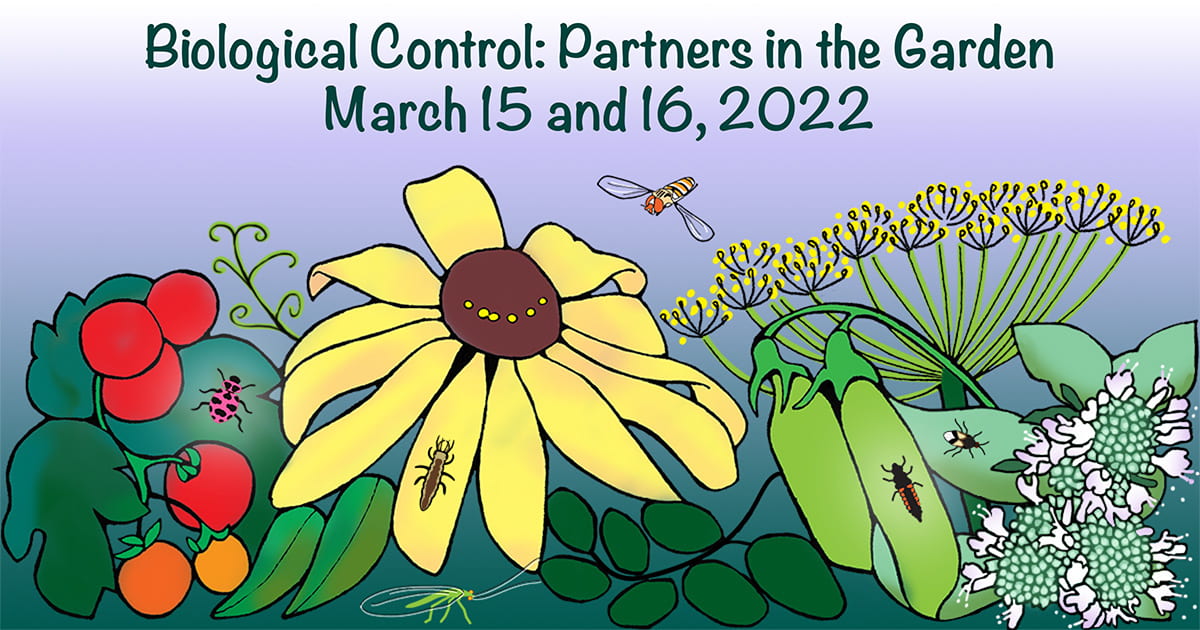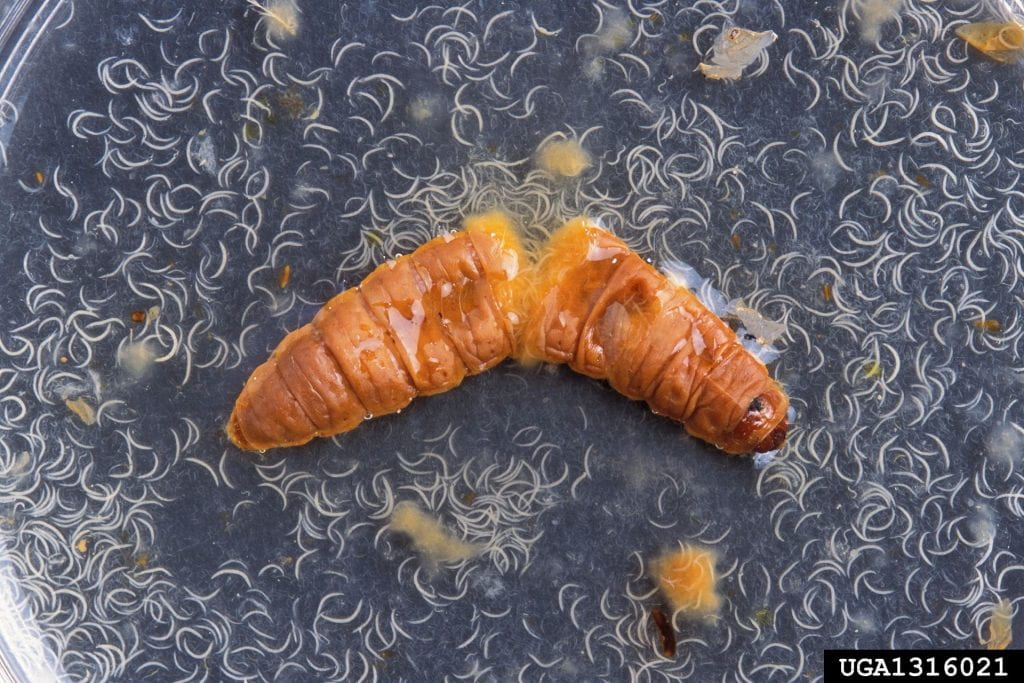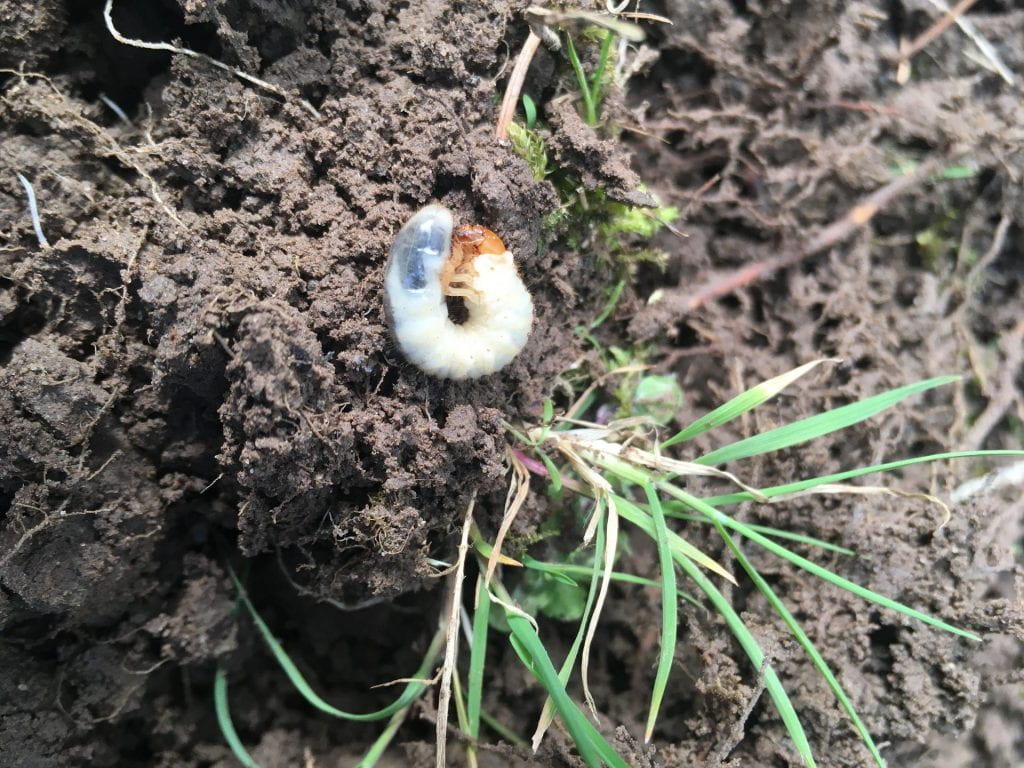
I don’t know about you, but I can’t wait to get some seeds into potting mix and some plans for my garden on paper! While you’re planning your garden, why not join NYS IPM for our virtual conference? This year we’re talking about “Biological Control: Partners in the Garden” and we’ve got a great line up of speakers!
- Carol Glenister form IPM Labs talks about looking for signs that natural enemies (biocontrol agents) are already at work in your garden
- John Losey from Cornell University talks about everyone’s favorite biocontrol agent – ladybugs
- NYS IPM staff will talk about biocontrol for weeds (is there any?), conserving our biocontrol partners in the garden, and more!
- Mary Centrella from the Cornell Pesticide Safety Education Program will talk about proper use of pesticides to protect garden partners
- Kyle Wickings will talk about using tiny worms (entomopathogenic nematodes) to deal with lawn grubs
The conference will take place the mornings of Tuesday and Wednesday March 15 and 16, with a special interactive workshop being offered (by yours truly) on Tuesday afternoon (1-3 PM). You’ll receive some pre-workshop materials to help you get the most out of the workshop, and leave with a plan to plant flowers that will feed and support natural enemies in your garden.
The conference is just a little more than a week away, so register soon! Pay what you can afford, and please reach out if the registration fee is a barrier. NYS IPM is committed to making this conference (and all of our resources) accessible.
This post was written by Amara Dunn, Biocontrol Specialist with the NYSIPM program.





